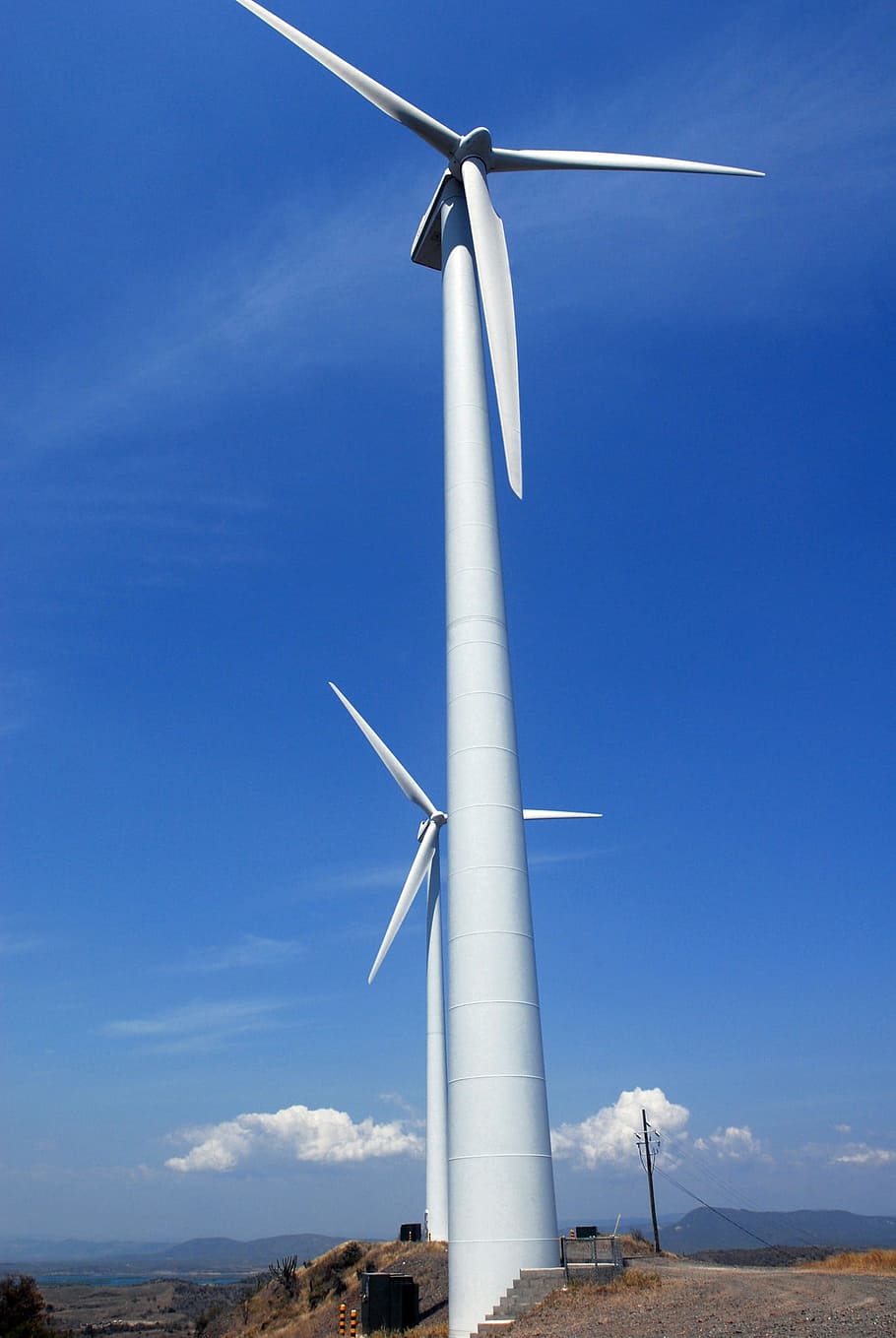The commercial renewable energy technologies
The resources are fundamentally different.
Although any resource that relies on the heat or motion of the earth, the moon or the sun (or the sun’s radiation) to produce power for human consumption is a renewable resource, the ways one harnesses the resources are sufficiently different that laws and regulations governing these resources usually deal with each resource on an individual basis – treating each resource as unique. At present, the major commercial grid-connected renewable resources are hydroelectric, geothermal, biomass, wind energy and solar. In the majority of legal regimes, hydroelectric and geothermal resources are identified as owned in common by the people of the country and husbanded by the government for their benefit.
· Geothermal resources require extraction (and reinjection). Drilling for geothermal resources involves many of the same discrete considerations involved with drilling for petroleum (hydrocarbons) and individual treatment is prudent.Geothermal resources
· Hydroelectric resources are inextricably linked with surface water rights, including potable water, navigation, irrigation, navigation and recreational rights. The historical complexities of sorting out these juxtaposed rights usually dictate individual treatment of hydroelectric resource issues.Hydroelectric resources
· Wind energy and solar draw on resources – wind and sun energy – generally thought of as being free for the taking. The principal resource issue with both of these renewables is surface land. Therefore there is no general technical requirement for individual treatment.Wind energy and solar
· Biomass is a broadly inclusive term, often encompassing wood and wood waste, agricultural waste and residue, energy crops, and – sometimes – landfill gas resources. Resource availability and cost can be highly variable, and resources may require management of a type not frequently required for other renewables. Individual treatment is one method of addressing this complication.Biomass


Petroleum Products
Below, the list of the main petroleum products:
Crude Oil
Our global network of trading offices, ideally located in all the major oil trading regions, allows us to identify changing crude oil flows and evolving market dynamics. Napag captures value throughout the supply chain through its relationships with oil producers, superior logistics capabilities, and strategically located storage and blending facilities. Our experience and understanding of oil markets enables us to implement robust hedging programs in volatile environments.
Gasoline
We source, store, blend and deliver cost-effective gasoline solutions to customers worldwide. Within the gasoline trading team, we have an active market presence in aromatics, primarily as a blending component. We have built up key relationships in many core-trading region of the world, including national oil companies, major refiners, and numerous downstream partners. The majority of our customers are long-term partners. Many choose to renew and expand their business, based on our solid performance, bespoke customer service and fair pricing.
Fuel
Our fuel oil trading team combines global presence, market knowledge and efficient logistics to connect producers and end-users. Our teams deploy interlocking skills. We develop relationships with power generators and bunker fuel traders. Traders monitor macro-economic and market-led patterns and trends. Analysts assess potential blending strategies. We optimise flows and blends to reflect changing patterns of demand. Currently, 41% of global fuel oil supply is used in bunkers, 33% in power generation and the remainder for refinery feedstock. We are increasing the low-sulphur portion of our portfolio in line with global trends.
Middle Distillates
In Napag , middle distillates trading operation covers jet fuel, diesel and gas oil. Our teams arrange storage globally and use tankage to blend products to local specifications and premium-priced fuels. We trade the full range of distillates, from low to high sulphur.
Our well-integrated teams are able to shift trading style and focus in line with changing market conditions. Key to our success is the ability to coordinate activities globally and to interact with other parts of the Group to bring customers integrated solutions. In order to achieve greater physical arbitrage, we charter large tankers. Our teams lease floating storage vessels to provide prompt supply for customers with limited storage.
Naphtha
Naphtha refers to a range of volatile and flammable liquids produced by the distillation of petroleum. The liquids, which differ slightly in their chemical structures and boiling points, have various applications in the refining process – the main one as a feedstock for gasoline and the manufacture of olefins by the petrochemical industry.
Napag has steadily expanded its naphtha business and now our trading desks, predominantly take product from the Middle East and Europe.
Methanol
Methanol is a highly versatile commodity for which demand is growing rapidly. Its compounds find use in both energy and petrochemical applications.
In the energy sector, the market for methanol is expanding as methanol is used in transportation fuels such as MTBE, biodiesel and gasoline blending. Through DME (dimethyl ether), methanol can be used as an LPG substitute and is replacing higher cost feedstock such as naphtha to produce olefins.
In the traditional petrochemical sector, methanol derivatives are used in a range of products from adhesives to paints and polyester.
LPG
LPG (Liquefied Petroleum Gas) is predominantly propane and butanes, either segregated or in various ratios and mixtures of each product. LPG is a by-product of the refinery process, transported mainly in pressurised vessels. LPG is also a by-product of crude oil production (Associated Gas) and a by-product of natural gas production (Non Associated Gas).
Napag Italia’s involvement in all major energy commodity markets including gas, oil, power and coal is significant as markets become ever more interrelated. Our physical presence, combined with trading insights, enables us to support customers with a range of individually tailored cross-commodity transactions, trade finance products and risk management services.
Natural Gas
Natural gas is a hydrocarbon gas mixture largely made up of methane and some other gases. The gas is typically removed from deep underground rock formations with drilling rigs, processed to remove impurities such as water and carbon dioxide, and sold as consumer fuel for heating, cooking or generating wholesale electricity. It is also used to power vehicles and in the manufacture of plastics and chemicals.
Condensate
Natural-gas condensate is a low-density mixture of hydrocarbon liquids that are present as gaseous components in the raw natural gas produced from many natural gas fields. It condenses out of the raw gas if the temperature is reduced to below the hydrocarbon dew point temperature of the raw gas. The natural gas condensate is also referred to as simply condensate, or gas condensate, or sometimes as natural gasoline because it contains hydrocarbons within the gasoline boiling range. Raw natural gas may come from any one of three types of gas wells: crude oil wells, dry gas wells and condensate wells.
Investing
- office
- retail
- logistics
- hotel
- residential
- special real estate
Solutions-Oriented Builders
hospitality, multi-family, restaurant, retail, historic renovations, and commercial tenant finish.
With Our Construction, you will build with Confidence.
Our team knows construction from the ground up.
We turn ideas into award-winning projects. Working with reliable, high-quality contractors, we create a detailed plan and deliver to bring your dreams to life. We concentrate on the details.
We work efficiently.
Travel Safe
Be our guest and you will always come back!














